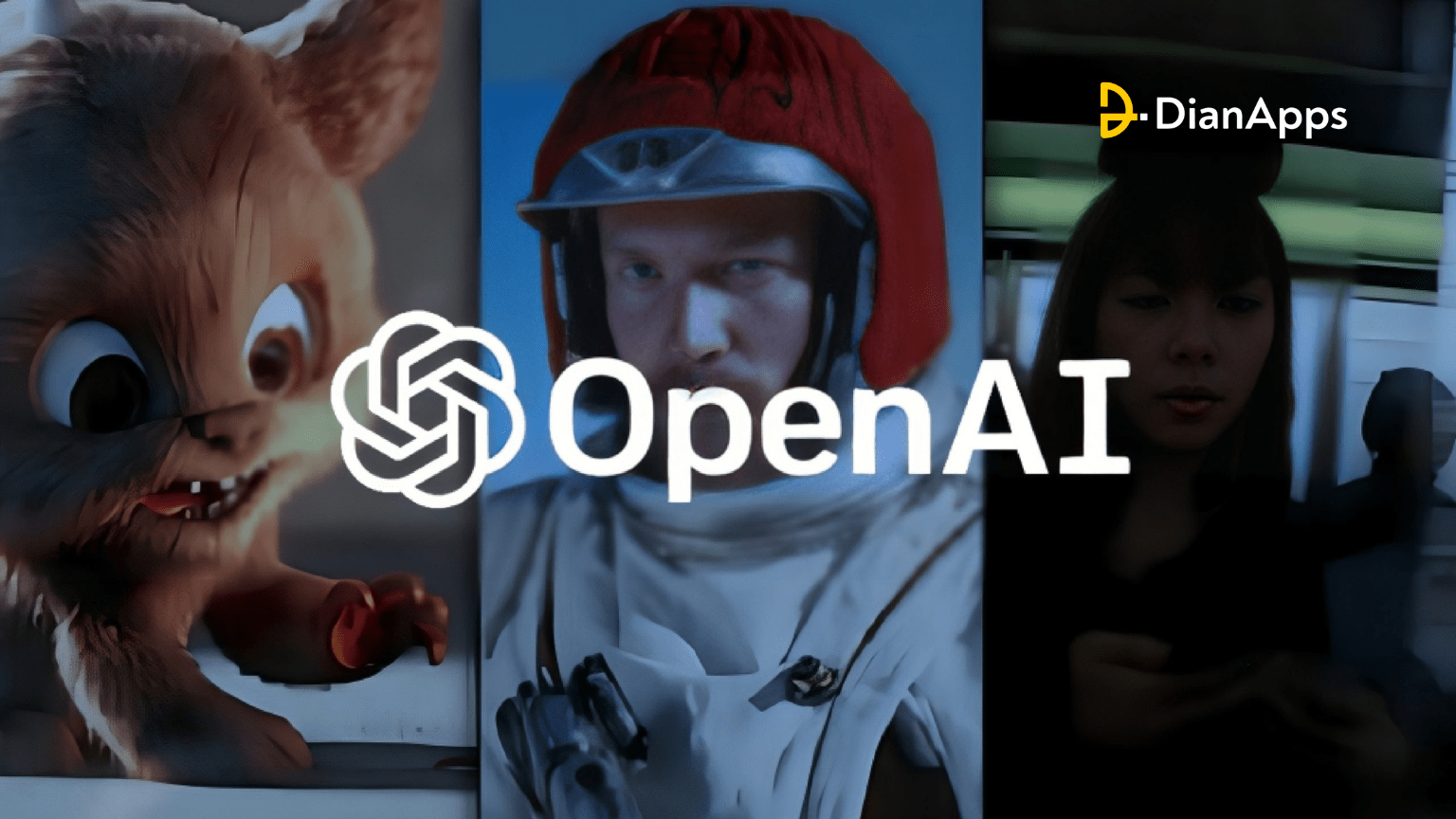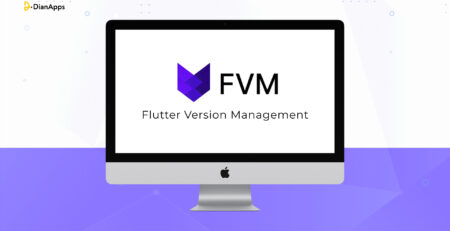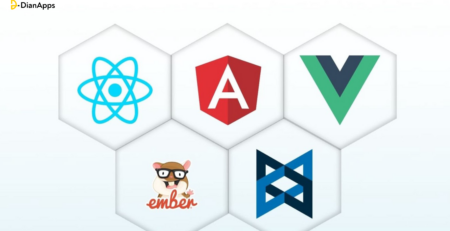Open AI introduces Sora: A Next-Gen Text-to-Video AI Model
OpenAI is the new talk of the town for introducing such remarkable AI tools in the industry. Whether you need a quick email to revert or a full-fledged brand story for your product, the company was founded in 2015 by Altman, Elon Musk, and others with an intent to prioritize principles over profit.
While it takes a lot of courage to develop and maintain artificial intelligence models, OpenAI owners contributed to an immense amount of computing power which resulted in the foundation of ChatGPT & Dall-E, the most powerpack platforms serving AI at its core to produce content and visuals from human interpreted commands.
Since both its child platforms performed great in the market, OpenAI again smashed the industry by introducing a new AI model, SORA—a place where humans can create videos by incorporating simple text instructions in real-time.
In this post, we will thoroughly understand OpenAI’s Sora, its usefulness, and why it is going to be a next-generation text-to-video AI model in 2024 and beyond.
What is OpenAI’s Sora?
Sora is a text-to-video open AI platform that can generate complex scenes with multiple characters, specific types of motion, and detailed subjects and backgrounds.
Sora’s video AI model not only understands the prompts of what users interpret but also provides ideas that already exist in the physical world.
What’s more, the model has a profound grasp of languages, so people from any country can create top-notch and compelling characters that portray vibrant emotions. Users can also co-create countless shots with a single generated video that affirmatively persists characters and visual styles.
It may be used, for example, for picture animation, video continuation, editing, and more by graphic designers. An educator can make animated graphics for their pupils. Students studying biology and architecture will also find it helpful.
Let’s explore a few prompt examples that relate to the use of OpenAI Sora.
Examples of OpenAI Sora AI Model
Example Prompt 1:
Craft a cinematic preview showcasing the thrilling escapades of a 30-year-old astronaut donning a vibrant red wool motorcycle helmet against a backdrop of expansive blue skies and salt desert landscapes, captured in the timeless allure of 35mm film with stunning, vivid colors.
Example Prompt 2:
Within the animated scene, we’re drawn into an intimate moment with a diminutive, fluffy creature, its gaze fixed upon a melting red candle. Rendered in a strikingly realistic 3D art style, the emphasis lies on intricate lighting and tactile textures. The mood exudes a blend of wonder and curiosity, embodied by the monster’s wide-eyed stare and gaping mouth, evoking a sense of innocence and playful exploration akin to discovering the world anew. Warm hues and dramatic lighting choices envelop the scene, heightening the cozy ambiance and drawing viewers deeper into its enchanting embrace.
And that’s only two of the popular prompts mentioned here, you can explore the diversity of prompts at OpenAI Sora to learn more about the AI platform. However, users must know that Sora’s capabilities extend beyond text-to-video. You can create enriching animations and edit existing videos as well.
Business Use Cases For OpenAI Sora
1. Virtual Training Simulations
Virtual training simulations: A range of sectors, including healthcare, aviation, and finance, can benefit from the realistic virtual training simulations made possible by Sora. Businesses may provide safe and regulated training environments for their employees by creating high-fidelity movies that replicate real-world circumstances. AI meeting note takers help content teams log ideas during creative sessions about prompt design or AI video generation strategy. This can boost productivity, lower the chance of accidents, and boost staff morale. But it’s crucial to make sure the simulations are impartial and fair, and they shouldn’t support damaging preconceptions or the current power structures.
2. Marketing & advertising:
Videos that are targeted to particular audiences may be made with Sora to produce compelling and captivating content. Businesses may produce customized films that are more likely to connect with their target audience by examining consumer data and preferences. But it’s crucial to make sure the movies don’t break any rules about data protection or consumer privacy, nor are they misleading or deceptive.
3. Virtual conferences and events:
Using Sora, one may produce more dynamic and captivating virtual events and conferences than conventional webinars. Businesses can decrease carbon emissions, boost accessibility, and unite people from all over the world by creating high-fidelity movies that mimic real-world occurrences. It is imperative to guarantee the security of virtual events and the preservation of participants’ privacy and data.
OpenAI emphasizes the need for outside participation and criticism while acknowledging potential dangers and ethical problems despite its amazing capabilities. You can see how crucial and significant this paradigm is to our day-to-day existence.
How Does Sora By OpenAI Work?
A diffusion Transformer, a visual decoder, and a visual encoder make up the architecture of the model.
- Videos are compressed by the visual encoder into a latent space, which represents decreased dimensionality.
- Based on user instructions, the diffusion Transformer creates sequences of visual patches; the visual decoder reverses the encoding to produce the final movie.

Concerning 3D consistency, long-range coherence, item permanence, interaction, and simulating complete digital worlds, Sora exhibits emergent features. It does, however, have many drawbacks, including errors in physics and biology, faulty causality, and a lack of precise control for artists.
Although OpenAI recognizes that Sora will have a big influence on creativity, it also has to work with experts, handle safety concerns, apply filters, and add AI-generated metadata to flag films. Since OpenAI has a significant impact on AI progress, ethical concerns include power concentration, copyright difficulties, and openness about the model’s training data.
What Are The Weakness Of OpenAI Sora?
There are flaws in the existing model. It could have trouble faithfully reproducing the physics of a complicated picture and might not be able to comprehend certain cases of cause and effect. A person might bite into a cookie, for instance, yet the cookie might not have a bite mark afterward.
The model can also have trouble accurately describing events that occur over time, such as tracking a particular camera movement, and misinterpret spatial aspects of a cue, like as mixing up left and right.
Such as the following prompt: A person is shown jogging in a step-printing scene from the 35mm movie film.
Weakness: Sora occasionally produces motion that isn’t technically possible.
Although Sora is a relatively new AI model and might involve threats and weaknesses, OpenAI keeping this in mind has enlisted some safety protocols for the users. Let’s check that out!
OpenAI By Sora Safety Measures
Several important safety precautions are being put in place by OpenAI before the Sora model is released into their products. Important details consist of:
Red Teaming Cooperation
- Red teamers, who are professionals in areas like prejudice, hate speech, and disinformation, are working with OpenAI.
- These professionals will carry out adversarial testing to assess the resilience of the model and pinpoint any dangers.
Tools for Detecting Deceptive Content
- OpenAI is creating instruments, like as a detection classifier, to recognize deceptive material produced by Sora.
- The objective is to improve content inspection and preserve openness while identifying real material from artificial intelligence-generated content.
C2PA Integration of Metadata
- When the model is later deployed into OpenAI’s products, C2PA information will be included.
- This metadata will function as an extra informational layer to show whether or not the Sora model was used to create a video.
Making Use of Current Safety Procedures
- OpenAI is utilizing safety protocols that apply to Sora and have previously been created for products utilizing DALL·E 3.
- Methods include image classifiers to check produced video frames for policy adherence and text classifiers to reject suggestions that violate use restrictions.
Interaction with Interest Groups
- OpenAI will interact with worldwide legislators, educators, and artists to comprehend issues and pinpoint beneficial applications.
- The objective is to compile a range of viewpoints and input to guide the technology’s responsible implementation and use.
Practical Learning Method
- Even after conducting a great deal of study and testing, OpenAI admits that using technology may be unpredictable.
- It is considered imperative to continuously improve the safety of AI systems over time by learning from real-world applications.
That’s All About OpenAI Sora Model
With Sora, the typical user will be able to create text-based AI films. Although there is still a long way to go before text-to-AI technology poses a danger to the film business, these might be the first signs of a big upheaval in the entertainment sector.
OpenAI would not be planning too far ahead at this time. By removing false information and improper content from the platform and identifying movies made by Sora following C2PA requirements. The firm will be concentrating on making sure the platform’s fundamental safety aspects are improved.




